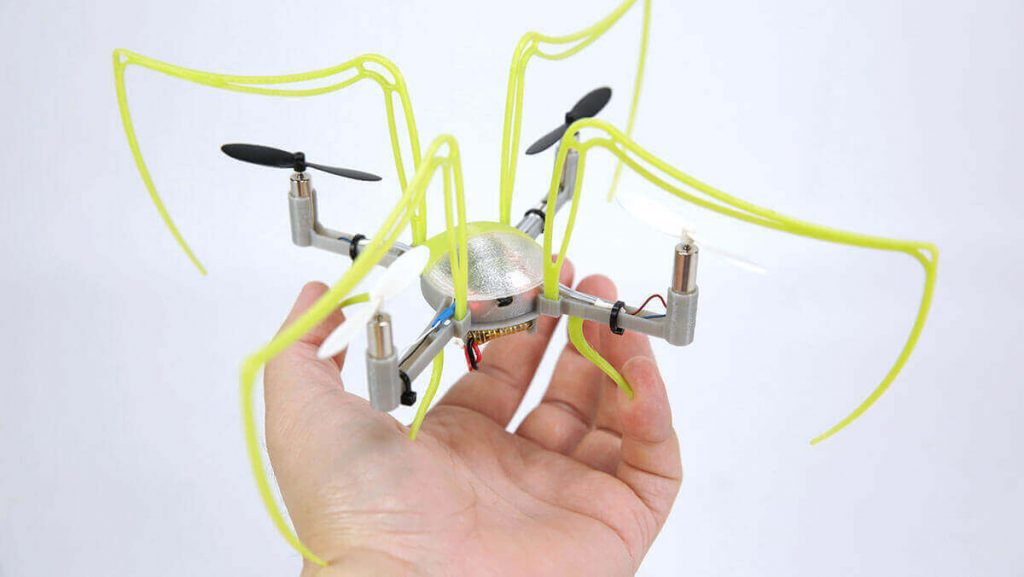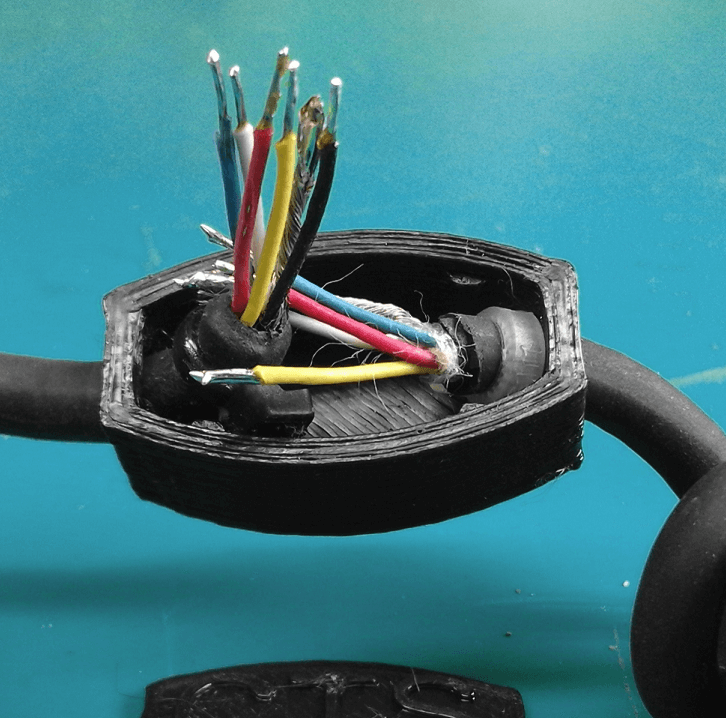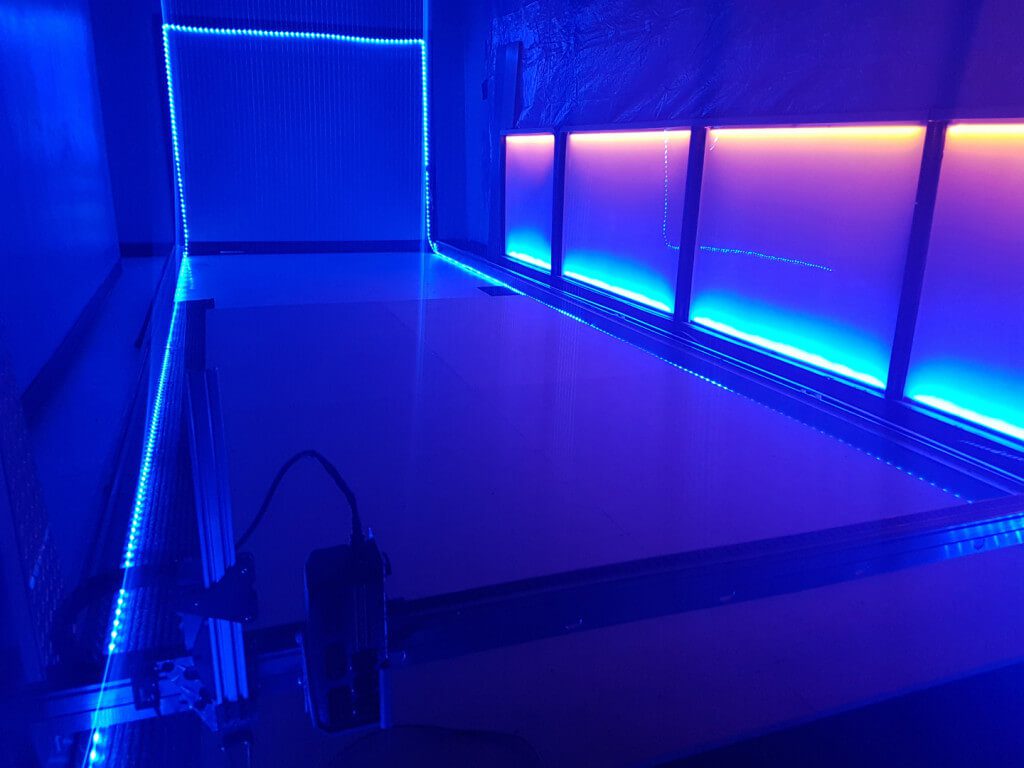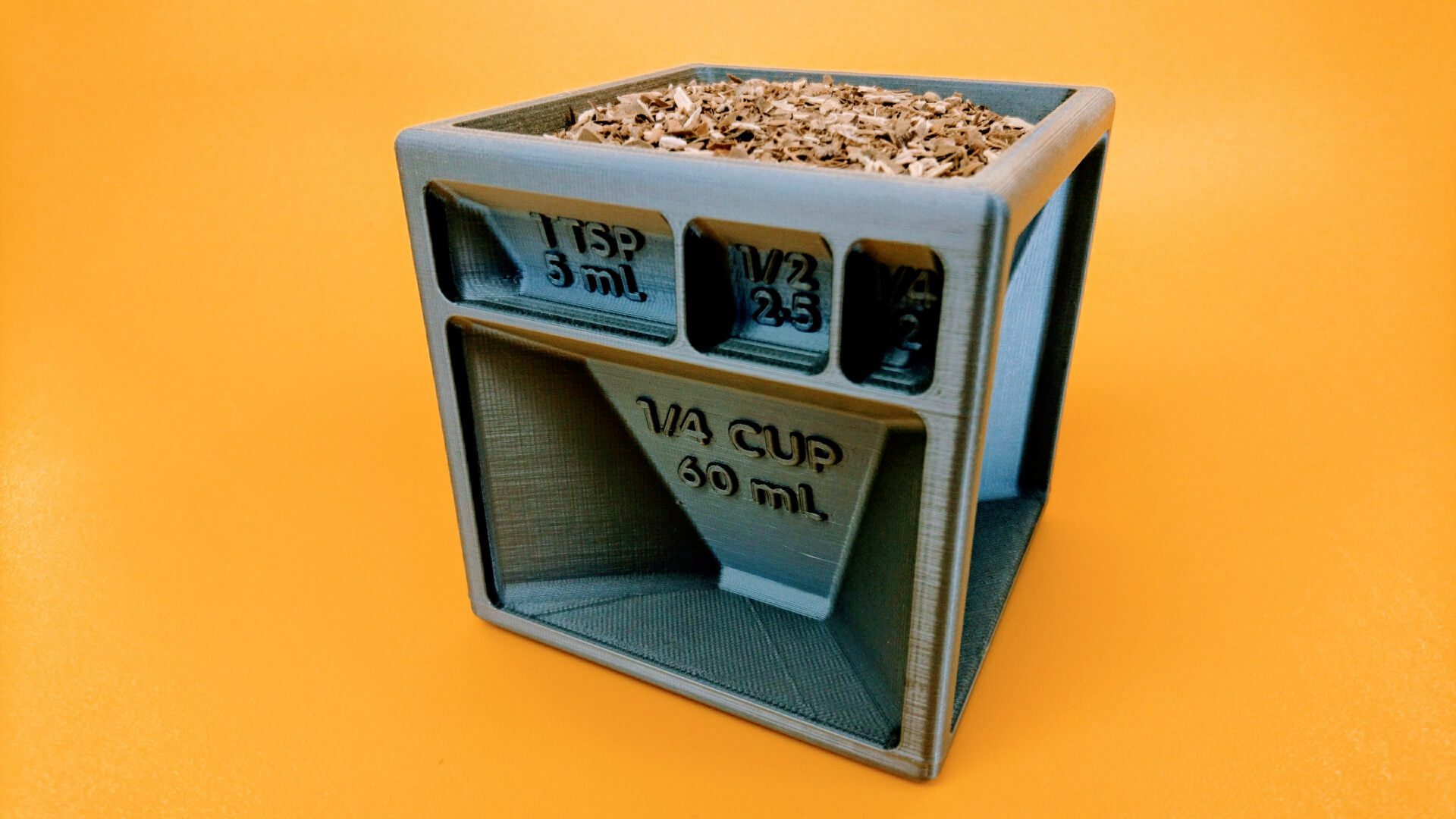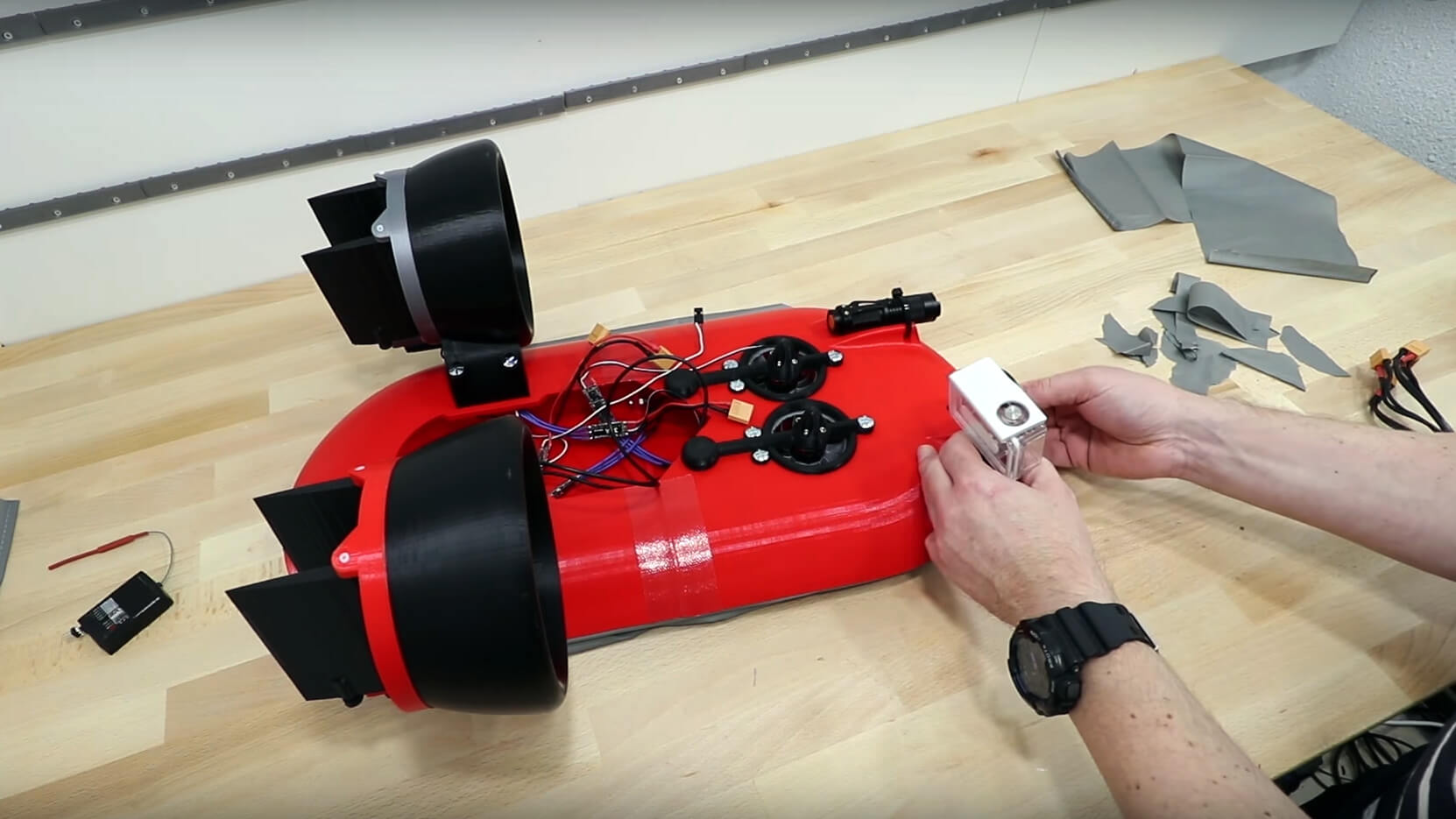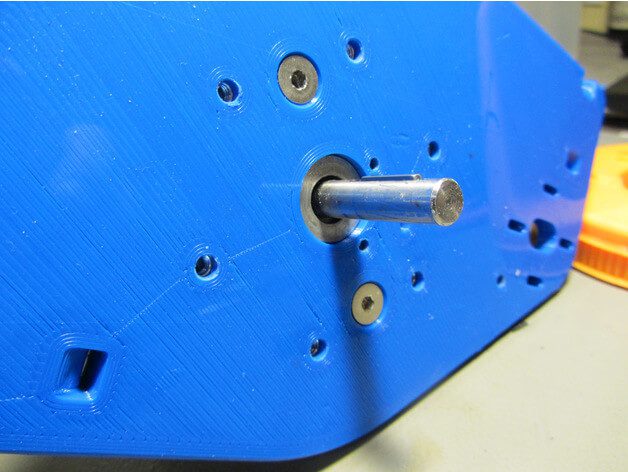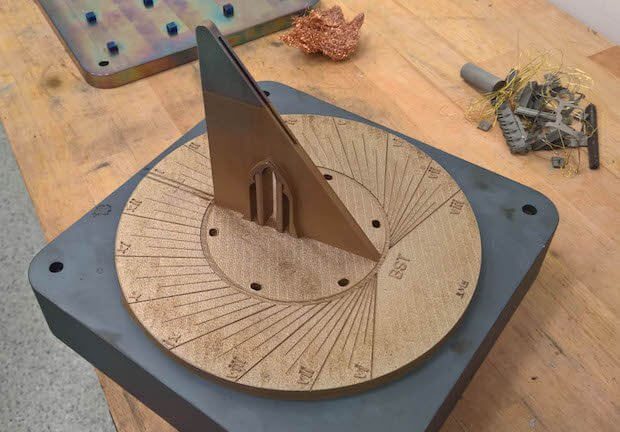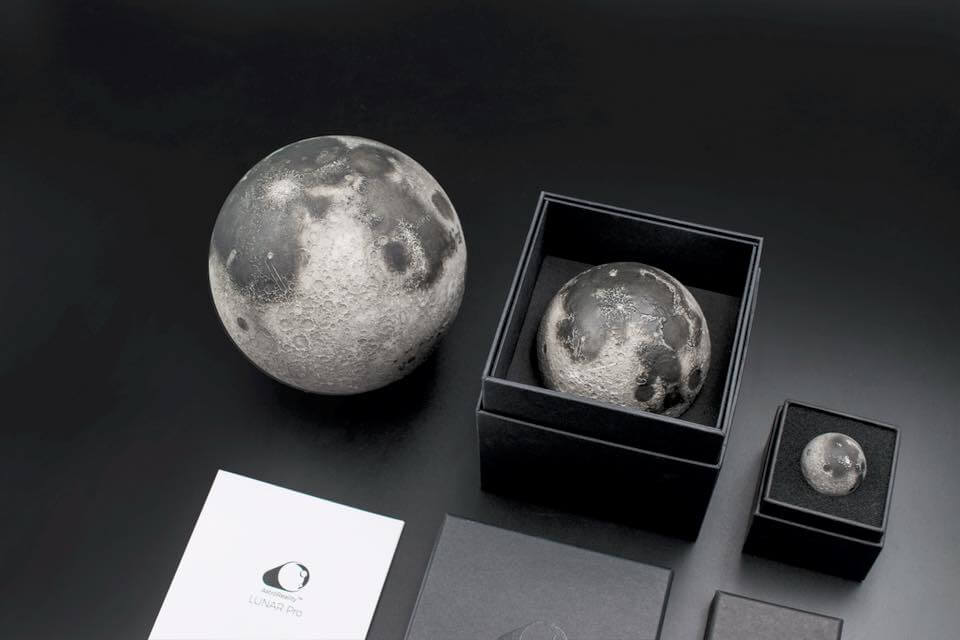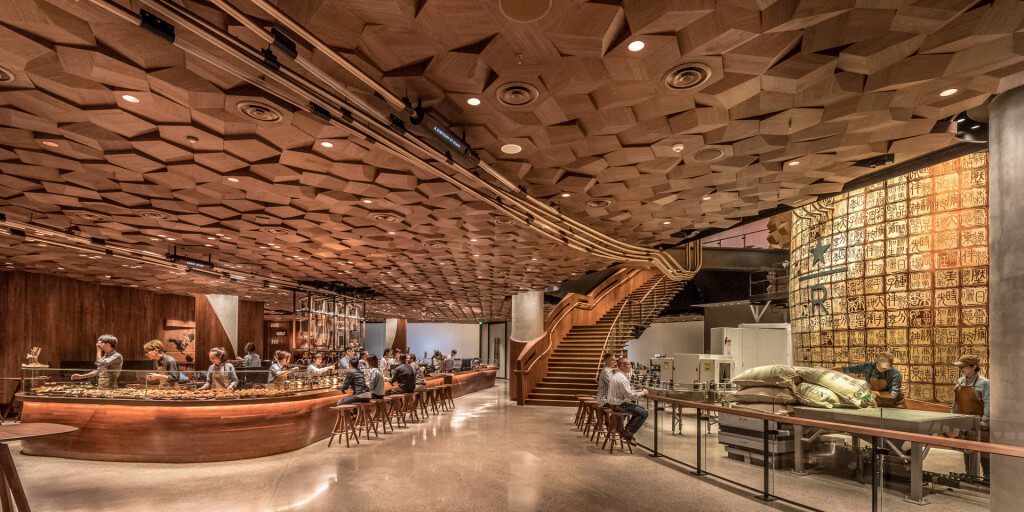Schlagwort: 3D printed things
-

3D Printed Drone Parts – All You Need to Know in 2019
Reading Time: 8 minutesCheck out 2019 guide to 3D printed drones with resources, materials, and ideas. In fact, all you need to start 3D printing your own drone parts. While it’s not yet common to fabricate electrical components like motors, sensors or even electronics – but watch this space – it’s entirely possible to 3D…
-

20 Romantic Things to 3D Print for Valentine’s Day
Reading Time: 9 minutesIf you’ve neglected to remember the fact that it is soon to be Valentine’s day; don’t fret as there is still time to whip up something on your 3D printer which should suffice as a gift. Below are some of the most romantic prints for you to choose from which are free…
-

3D Print a Universal Cable Fix to Repair any Broken Cables
Reading Time: 2 minutesIf you’re faced with a broken cable, maker Marius Taciuc has a 3D printed enclosure solution. Although can’t beat a replacement cable, it’s a great short-term universal cable fix. Cables are fragile. They can be cut, ripped apart, or — most commonly — have a loose connection. Most makers just use just some…
-

World’s Largest 3D Printed Camper Trailer Will be Live-streamed
Reading Time: 3 minutesA 3D printing cafe (yes, that’s a thing) will attempt to 3D print the world’s largest single piece camper trailer. Weighing 600 lbs and 13 feet long, the mega project will be streamed live on the cafe’s Facebook page. A prototype 3D printed camper van, the Wave, will be fabricated live for all…
-

Massachusetts Man Develops Braille Toy for Daughter with Usher Syndrome
Reading Time: 2 minutesAfter learning that his daughter suffers from Usher Syndrome, a degenerative disease that leads to blind- and deafness, Jake Lacourse channeled his anguish into the development of a fun educational toy that would teach 2-year-old Becca braille. To those untouched by it, it may be surprising to learn that the leading cause…
-

50 Cool Things to 3D Print Which Are Actually Useful
Reading Time: < 1 minuteLike us, you’re tremendously excited by the possibilities of 3D printing. Unfortunately, the landscape is cluttered with trinkets, doodads and ornaments. We’re in danger of drowning in 3D printed objects that nobody wants or needs. Fight the tide of mediocrity! Let’s make stuff that’s actually useful! Here’s a list of cool…
-

3D Printed Hovercraft Project Gets off the Ground
Reading Time: 2 minutesIn the latest update to his 3D printed hovercraft project, Ivan Miranda details how he arrived at a working model that genuinely floats. Over the last couple of months, YouTuber Ivan Miranda has been putting his array of 3D printers to good use. Over a five part series he’s assembled a remote…
-

This Swerve Drive is Almost Entirely 3D Printed
Reading Time: 2 minutesGot a lightweight robot in need of some locomotion? Maker LoboCNC has you covered with this 3D printed swerve drive. In light of the upcoming FIRST Robotics Competition (FRC), designer LoboCNC has designed a new swerve drive that is entirely 3D printed. A swerve drive is a more maneuverable steering configuration for a…
-

AstroReality Uses 3D Printing to Create Realistic AR Moons
Reading Time: 2 minutesAfter fundraising on IndieGoGo back in the summer, AstroReality is taking its ridiculously realistic model Moons to CES. Fabricated with the help of industrial 3D printers, the tiny celestial bodies use AR to educate and inspire. Don’t Miss: New 3D Printer Firmware Uses Raspberry Pi to Speed Up FDM Printing Sadly, a…
-

Starbucks 3D Printed a Bar for its New Shanghai Roastery
Reading Time: 3 minutesStarbucks opens its latest roastery in Shanghai – only the second in the world. It incorporates a 3D printed Teavana bar fabricated from recycled materials. Good news for Starbucks — the second largest economy in the world loves American coffee. In Shanghai, China, alone, there are already 600 Starbucks stores open. Good…
